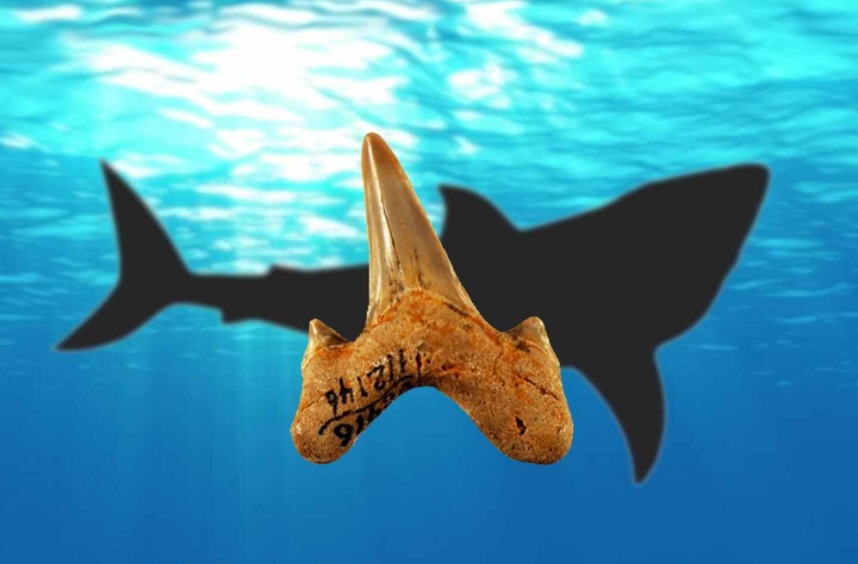Prehistoric shark fossil samples were labeled “fish” for years, Louisiana State University said, before scientists could discover their identity. Those teeth are not the ones pictured.
The fossils lay in Louisiana State University, unidentified other than being labeled ”fish,” according to the university.
They turned out to be remnants of a prehistoric shark dating back 40 million years. David Cicimurri, curator of natural history at the South Carolina State Museum in Columbia, and Jun Ebersole, director of collections at the McWane Science Center in Birmingham, Alabama, visited the university for two days last year to collect samples of the fossils and conjure as much information about the mystery teeth as possible, according to a Dec. 23 Louisiana State University news release.
According to The Associated Press, the museum at the university didn’t have a fossil fish specialist, so the teeth and samples lay unidentified for years before Cicimurri and Ebersole took a closer look and compared them to modern-day sharks.
“By examining the teeth of living sharks, we were able to determine that the fossil species was closely related to modern Requiem Sharks, so we used jaws of modern species to reconstruct how the teeth were arranged in the mouth of the extinct species,” Cicimurri said in the release.
Ebersole and Cicimurri studied the teeth for months and released their findings this year in an article in the Cainozoic Research journal, the university said.
The mystery shark was in the same genus as modern bull and dusky sharks, although its teeth are similar to the requiem shark, or gray reef shark, according to Advance Local. It’s estimated that the shark lived in the ocean that was once covering Louisiana, and the fossils date back 40 million years.
Ebersole and Cicimurri decided to give a special name to the special shark by honoring Suyin Ting, a recently retired curator who contributed to the Louisiana paleontology scene. The newly discovered shark will be documented as Carcharhinus tingae.
“I am very honored to be recognized by my peers for my work,” Ting said in the release. “This honor is nice, but more important is [Cicimurri and Ebersole’s] contribution to the LSU Vertebrate Paleontology collection. It is huge. I would like to thank them for their hard work.”
Ting retired on Dec. 23 from her position as the LSU Museum of Natural Science’s Vertebrate Paleontology collections manager and originally visited LSU as a scholar from China in 1980, returning once more in 1988, according to the university.
“Ting’s research has specialized in early Tertiary, or Paleocene-Early Eocene, mammals and stratigraphy, for which she has contributed to five books and 41 peer-reviewed journal articles,” the university noted. “It was due to this incredible contribution to her field that she was honored.”
READ ALSO: Cheapest countries to invest in
The Tingae shark and the Mancin shark are the two oldest members of the Carcharhinus genus to have ever been discovered, Ebersole told Advance Local, and the type of teeth left behind from ancient sharks help scientists map out when — and where — they came from.
Ebersole added that the mystery teeth were abundant in Louisiana; they hadn’t been discovered in any other states, according to The Associated Press. “Maybe this turns out to be more of a deep water shark where most of the Gulf over here was shallow,” Ebersole told Advance Local.
“Maybe there was a big river that came into that particular place at that time, which this shark might have liked, a more nutrient-rich, more brackish environment, which we may not have had here in Alabama. We just don’t know.”














